Going beyond the stats published by the Faculty of Law
Every year, Ultra Vires surveys the class of 2L students after the Toronto recruit, with the aim of gathering more information about not only the makeup of their year, but also about their experiences with the recruit. 65 students completed our survey, answering questions about their identity, background, personality, habits, and mental health. Respondents had the option to abstain from answering any question. Their responses have been anonymized, analyzed, and reproduced below.
Demographics
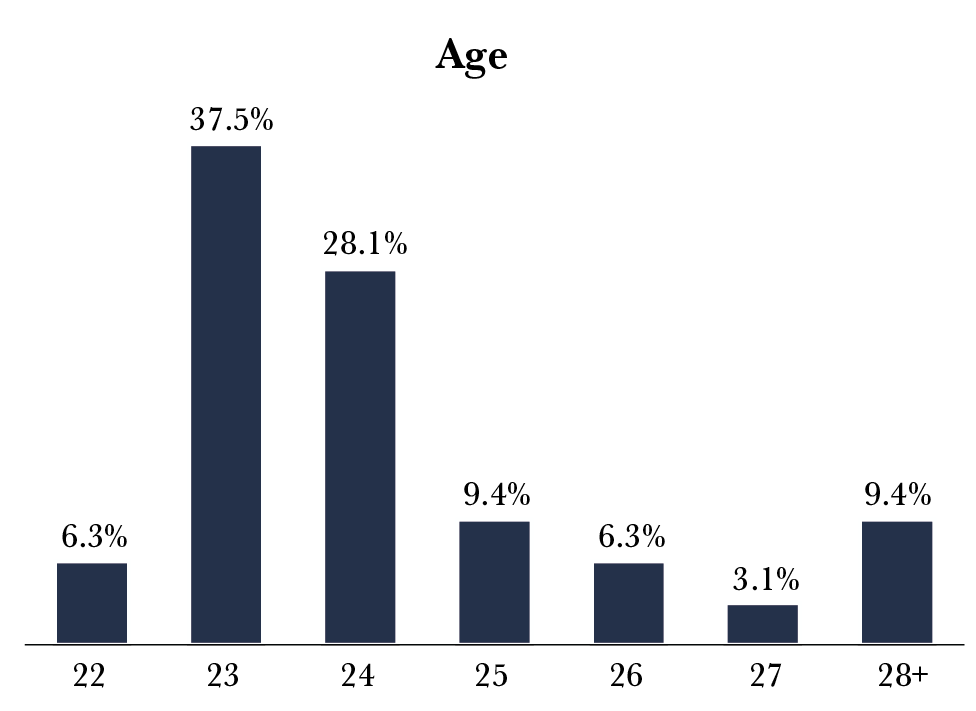
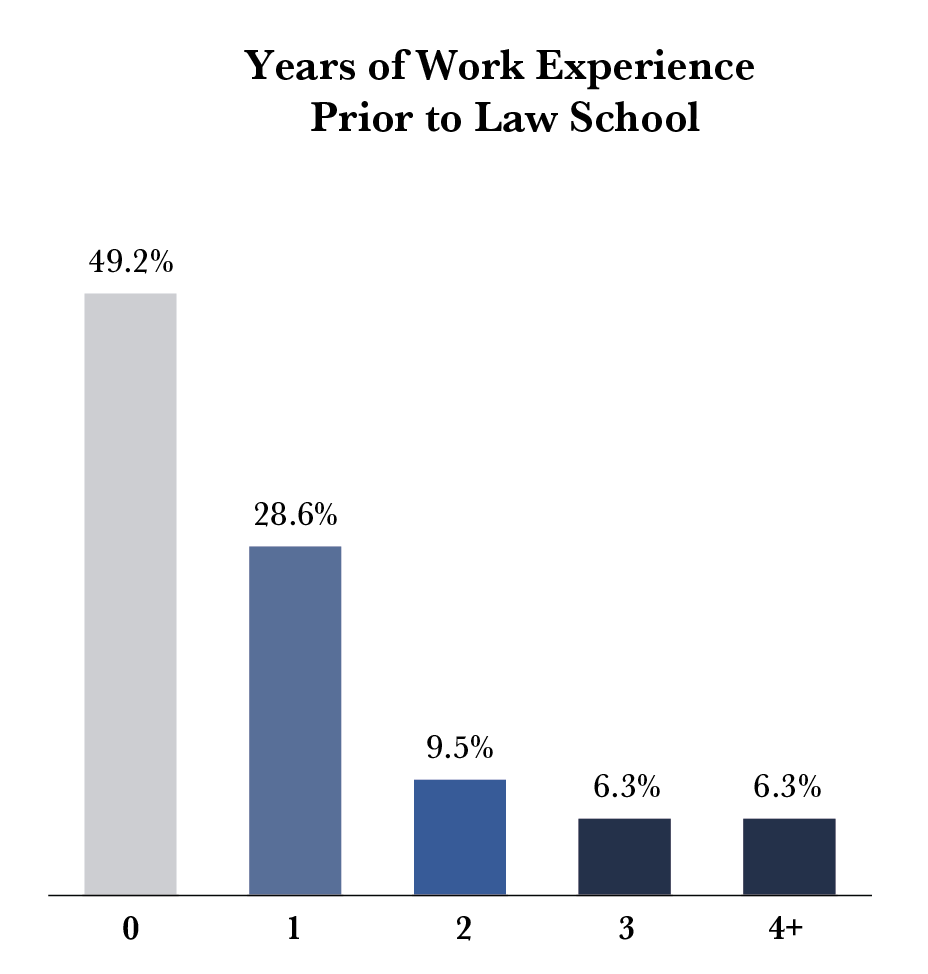
The majority of respondents fell between the ages of 23 and 24, meaning that most students came to law school either straight out of undergrad or a year after completing their degree.
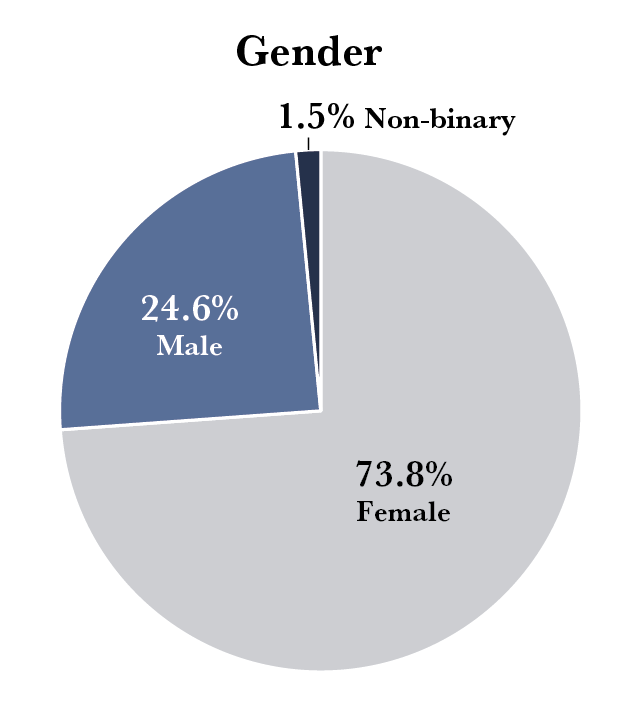
24.6 percent of respondents identified as male, 73.8 percent of respondents identified as female, and 1.5 percent of respondents identified as non-binary.
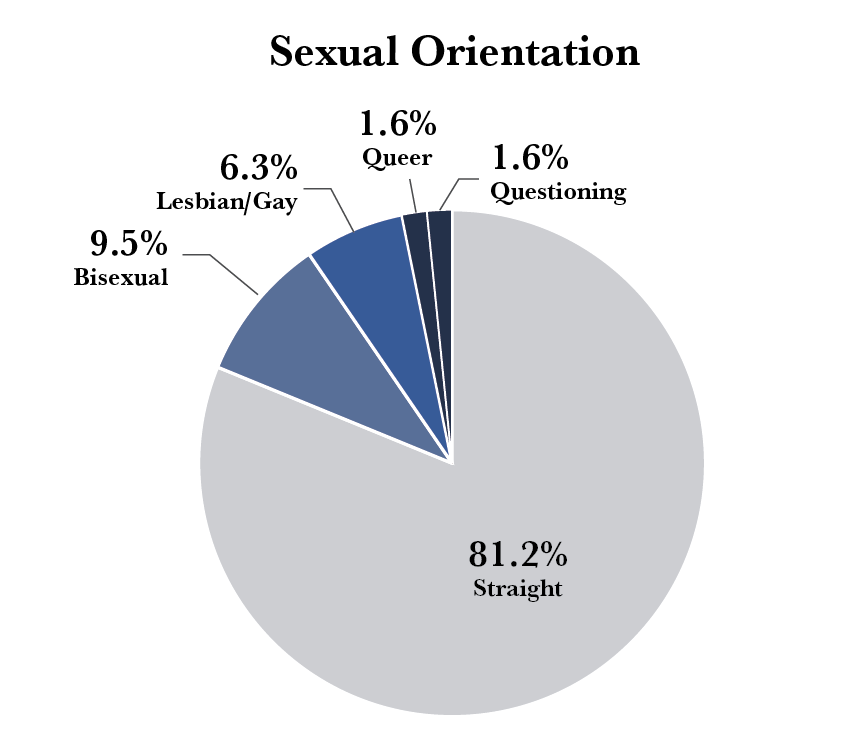
81 percent of respondents identified as straight, while 19 percent of students identified as somewhere along the LGBTQ2S+ spectrum.
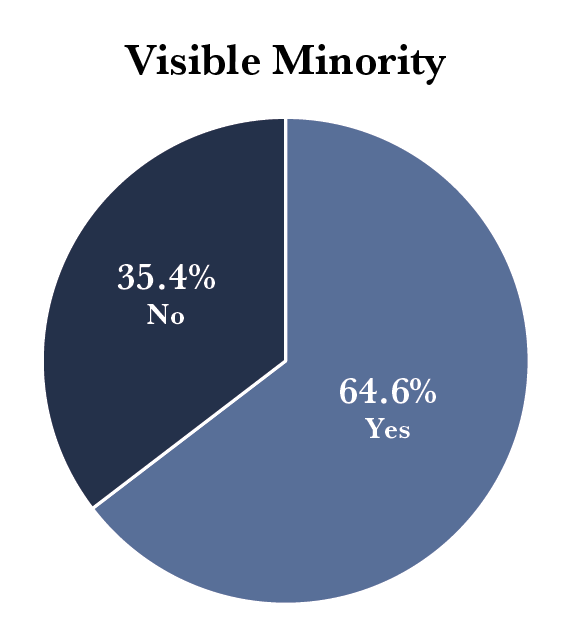
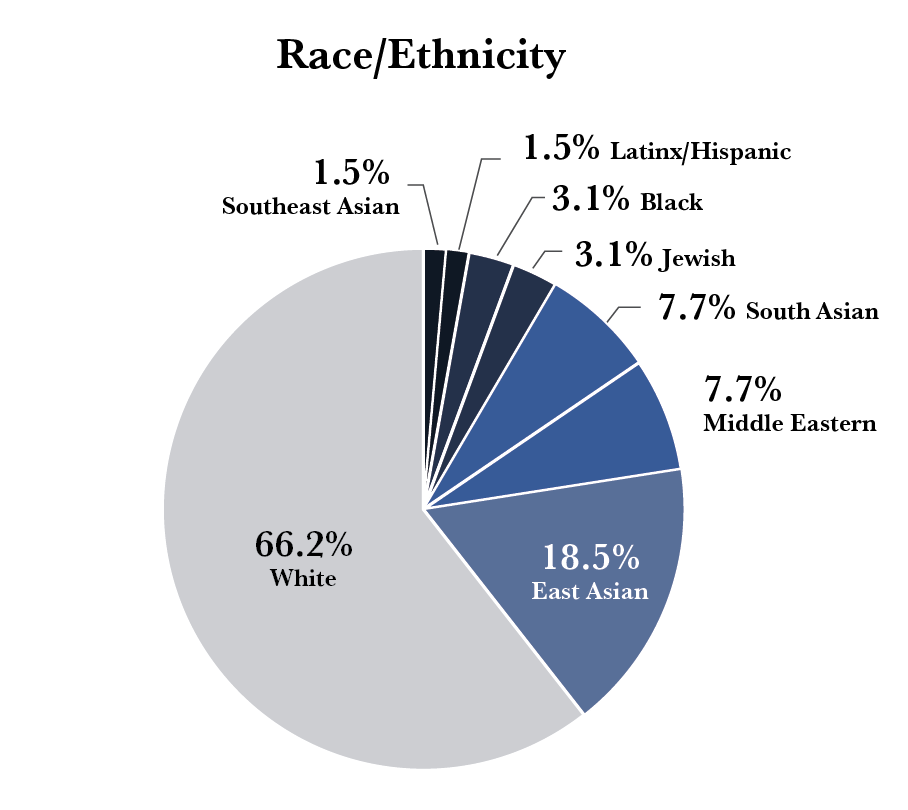
64.6 percent of respondents identified as a visible minority. Some respondents identified with more than one race/ethnicity.
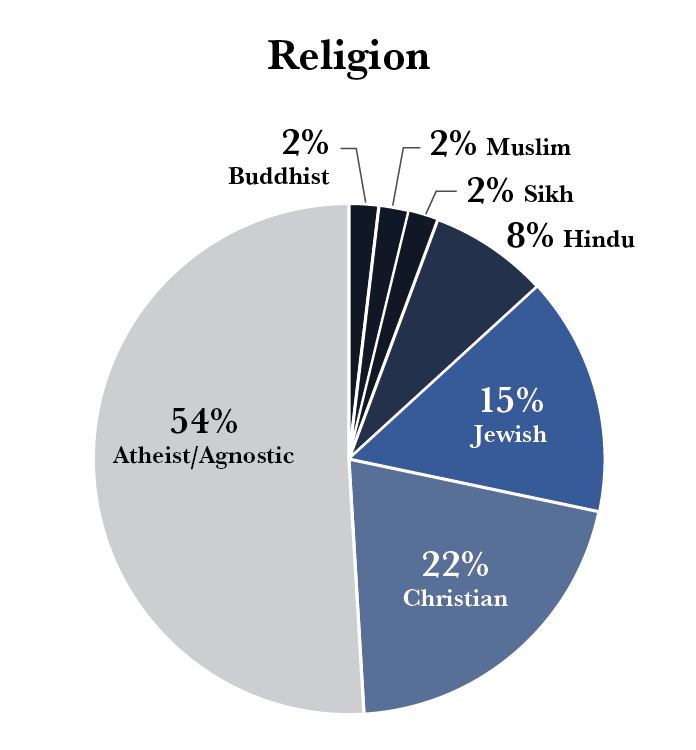
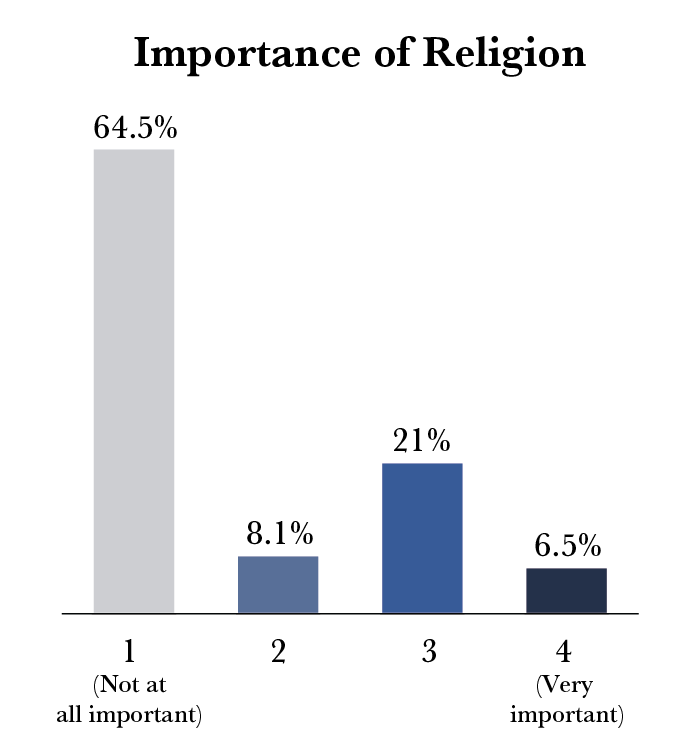
54 percent of respondents declared themselves to be atheist/agnostic. When asked to rank the importance of religion in their life on a scale from one (not at all important) to five (very important), the average response was 1.7.
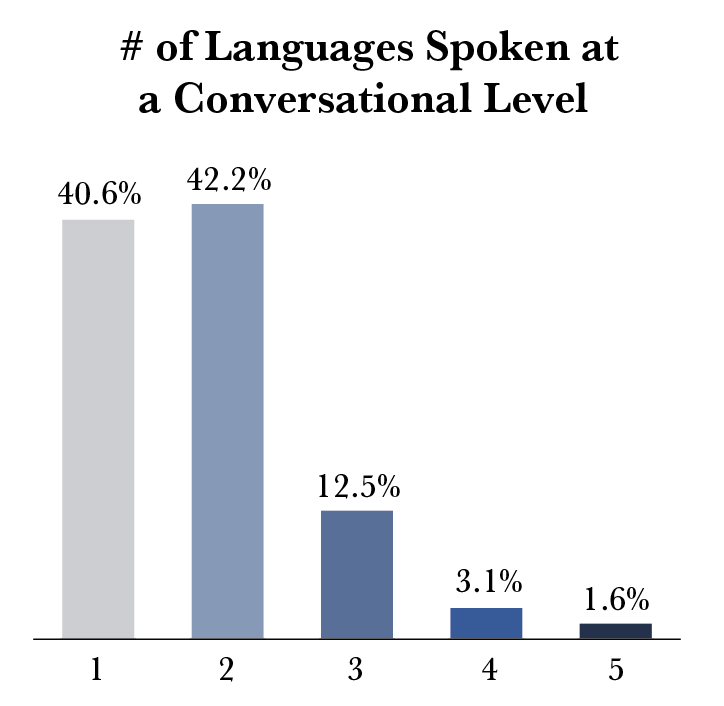
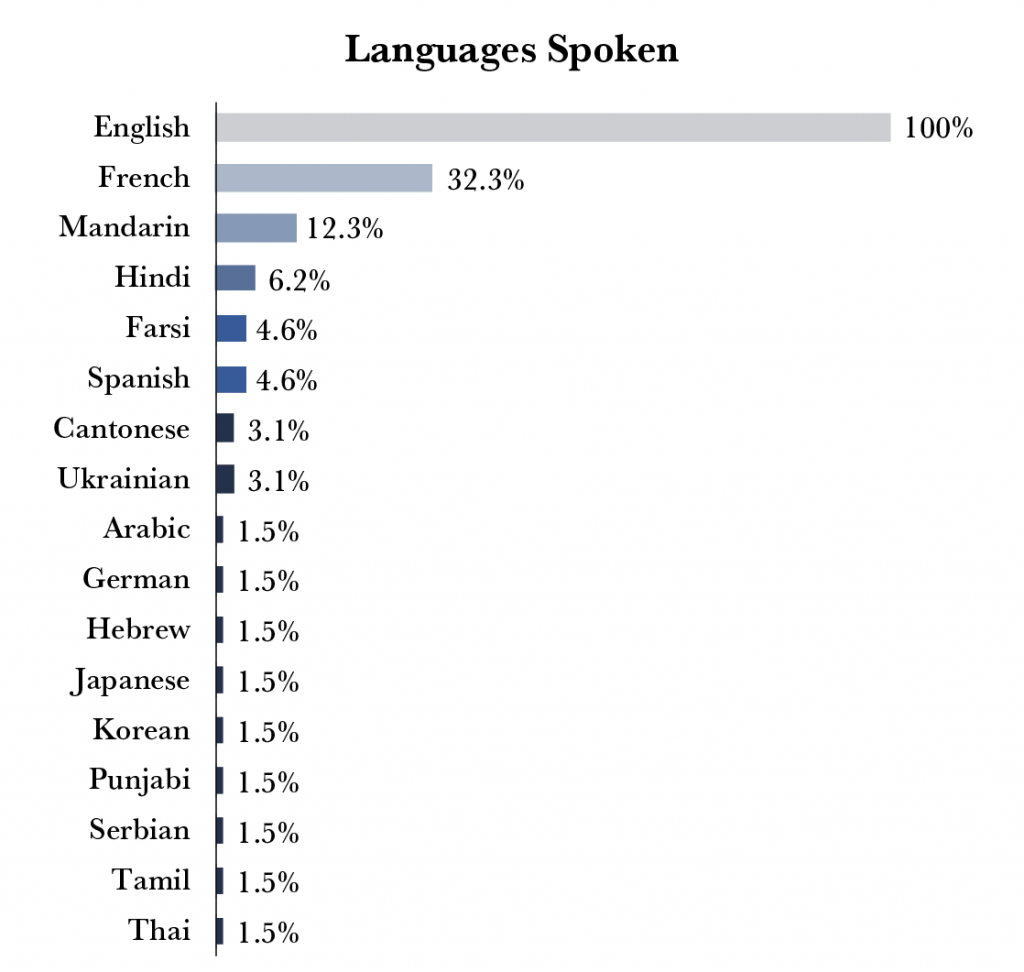
Overall, the class of 2024 is quite multilingual. On average, respondents could speak 1.8 languages at a conversational level, with 20 percent being bilingual in English and French. 17 different languages could be spoken by the respondents with French being the most common after English.
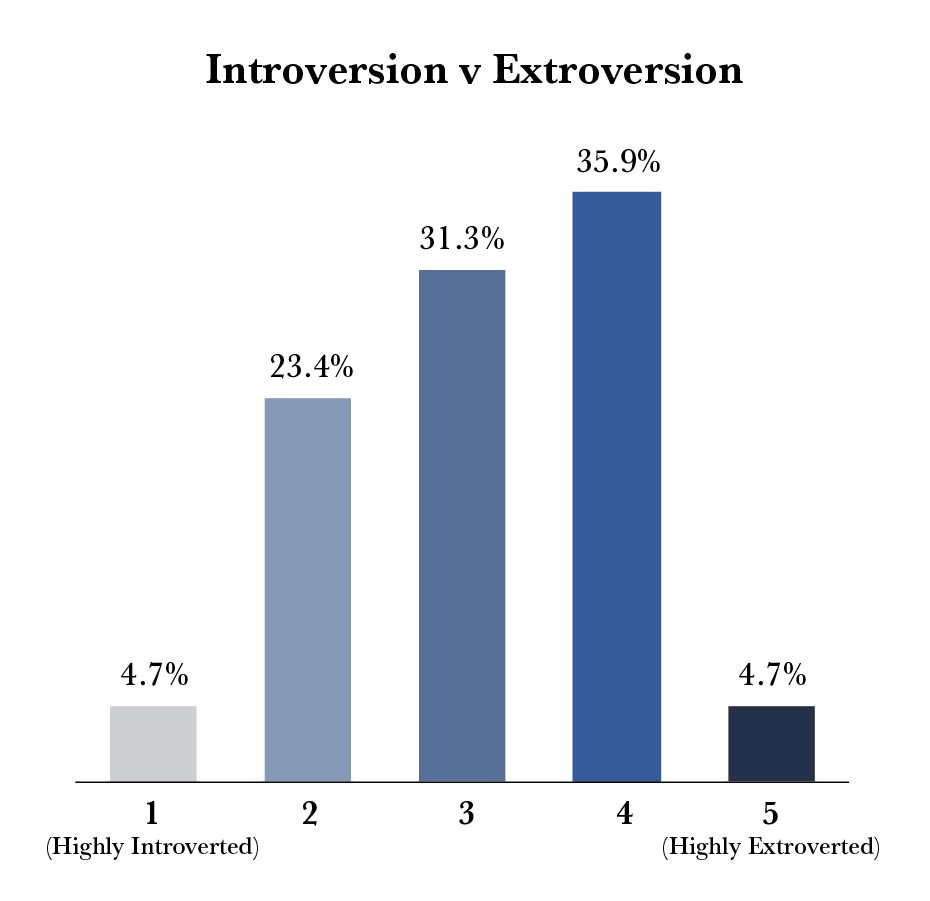
If this data set is taken to be accurately representative of the broader class, it suggests that students at the Faculty of Law skew slightly towards extroversion.
Academic History
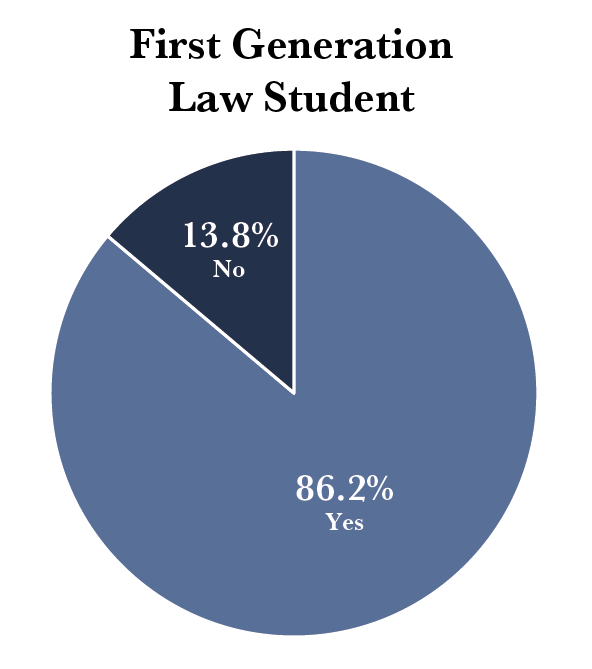
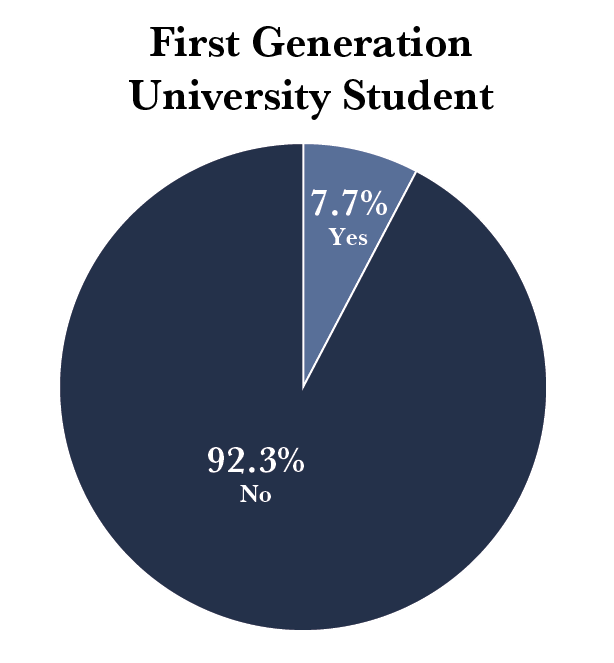
While an overwhelming majority (86.2 percent) of respondents are the first in their immediate family to attend law school, only 7.7 percent are first generation university students.
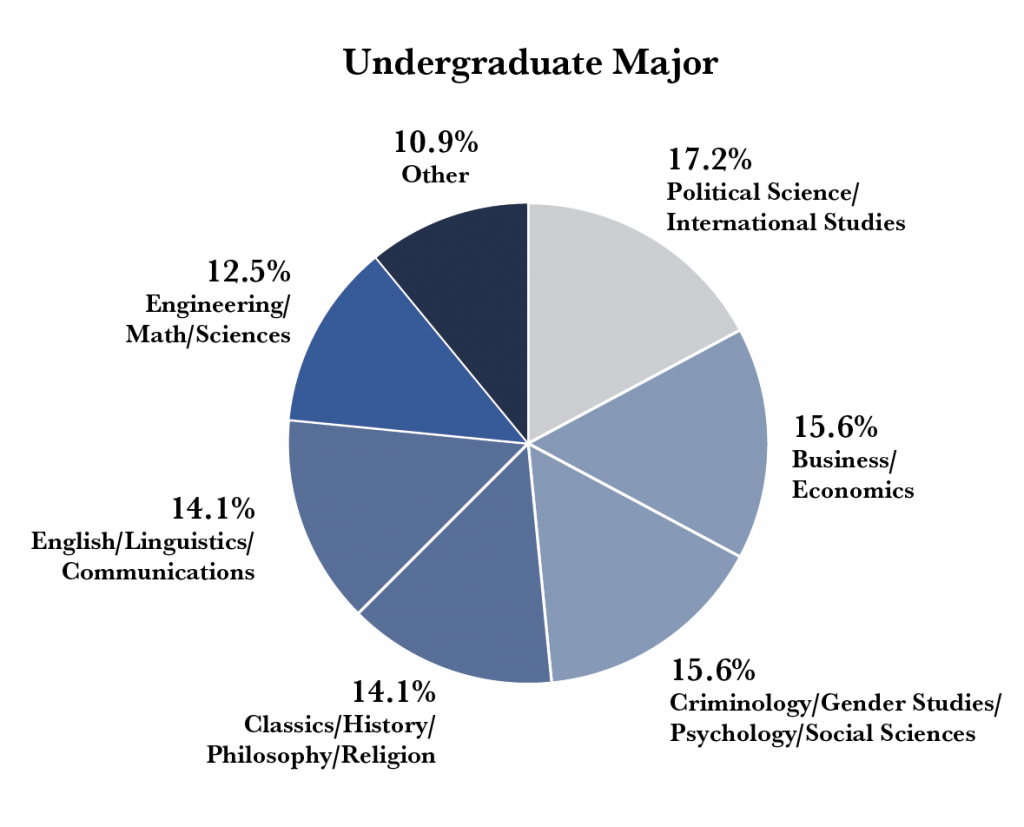
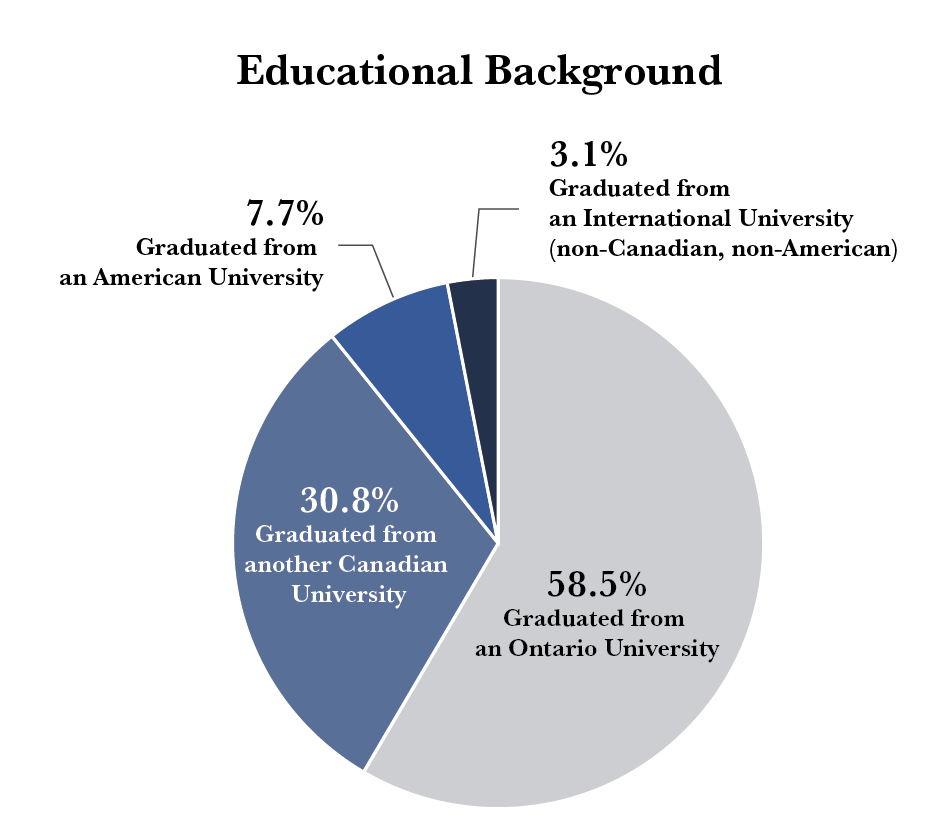
Prior to law school, students from the Class of 2024 came from a very diverse range of educational backgrounds, ranging from engineering to art history—they obtained their undergraduate degrees from institutions in Canada, the United States, and abroad. 23.1 percent had already completed a postgraduate degree, while 9.3 percent are currently pursuing a combined degree along with their JD (including JD/MBA students, who made up 3.1 percent of respondents).
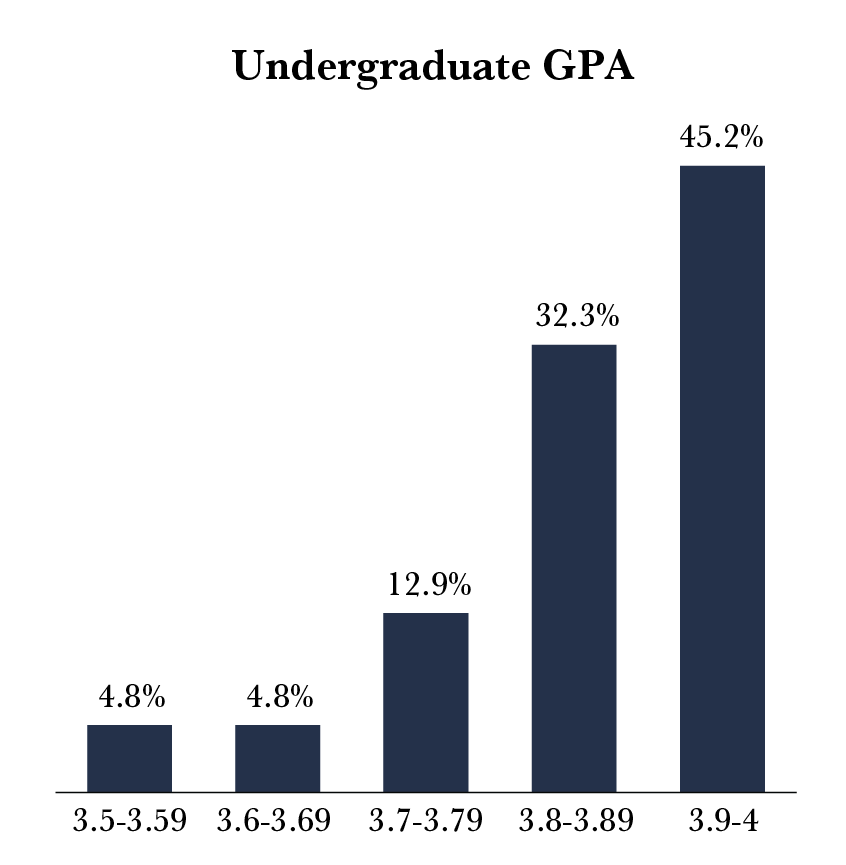

Perhaps to be expected at U of T Law, students were generally high-fliers prior to law school, with 77.5 percent reporting an undergraduate GPA of 3.8+ and an average LSAT score of 168.2.
Financial Background
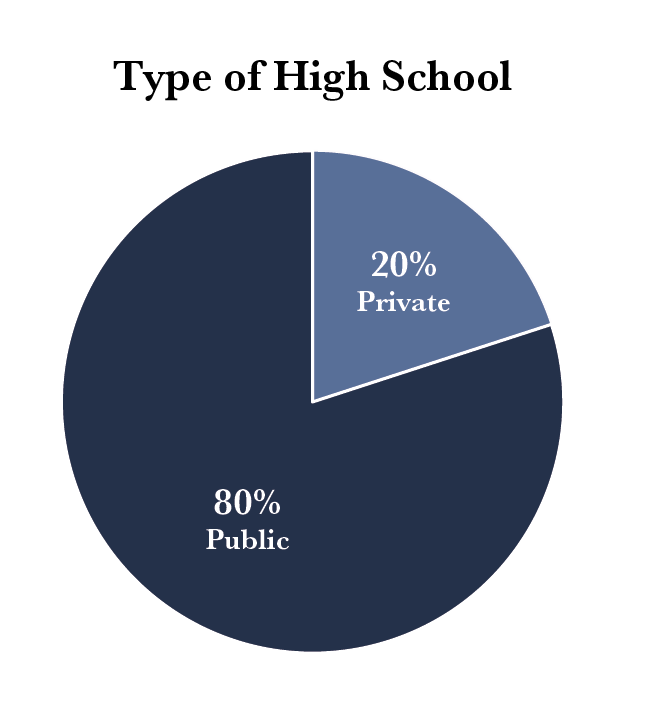
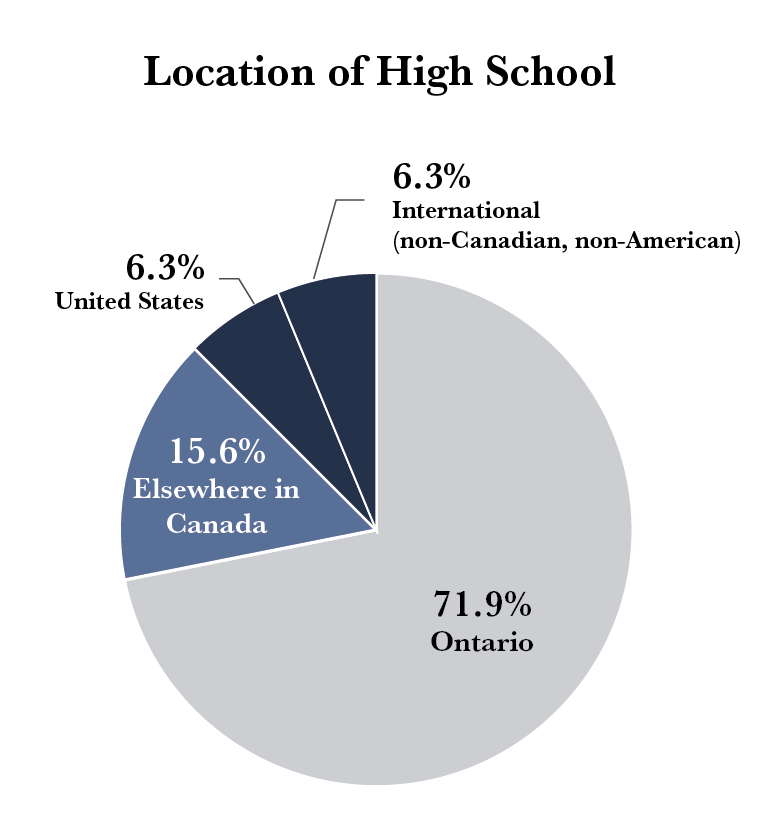
80 percent of respondents attended a public high school, most commonly in Ontario, but also elsewhere in Canada, the United States, or internationally.
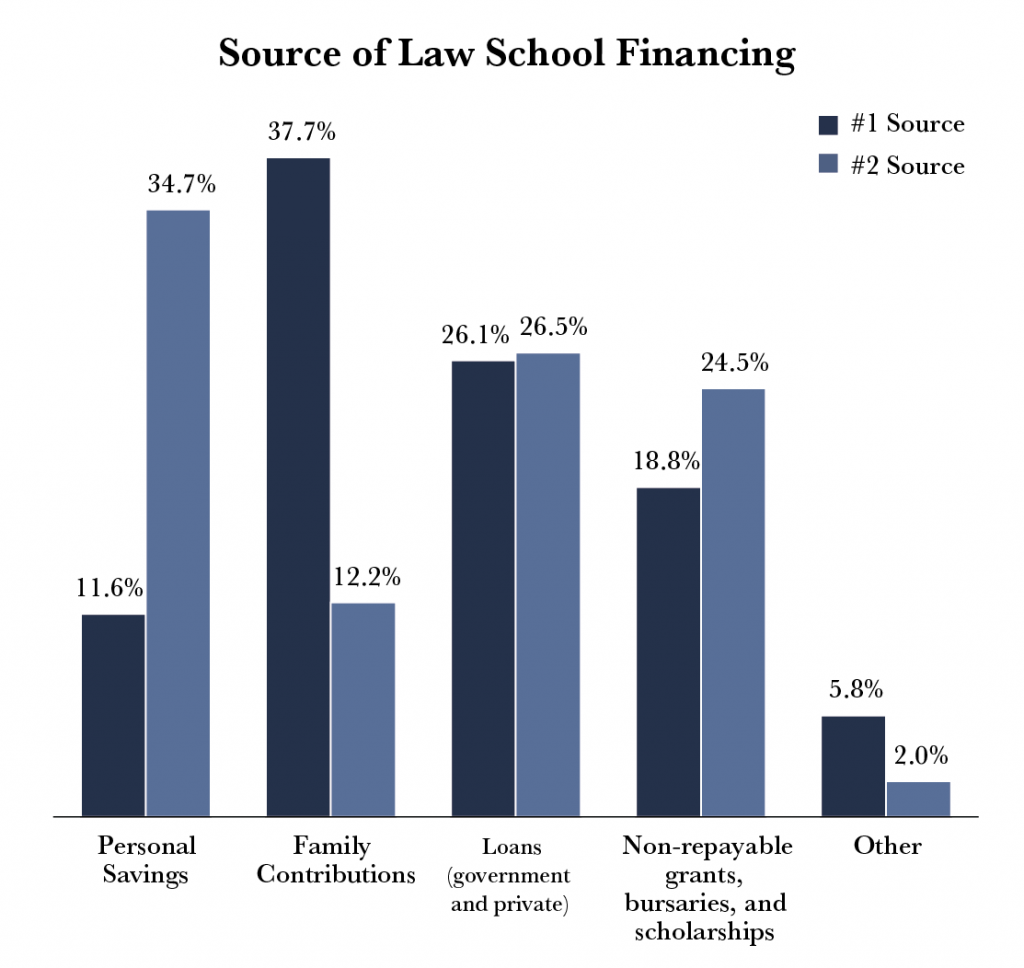
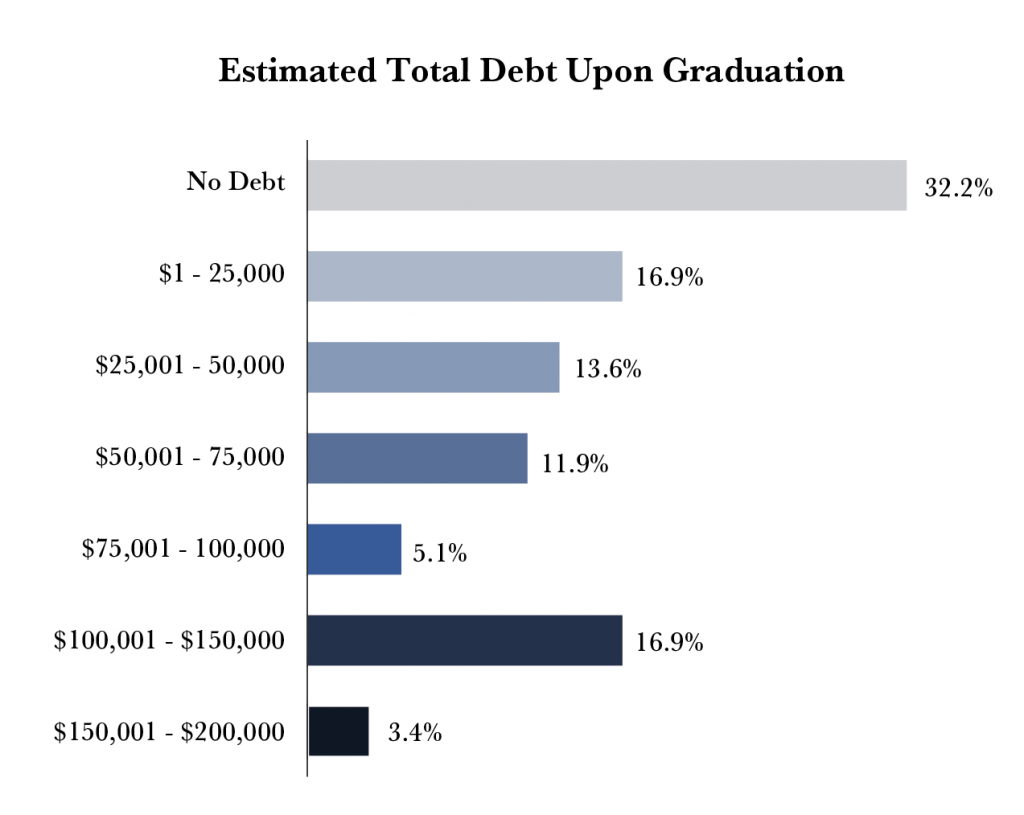
The most common primary source of financing for law school-related expenses among respondents were family contributions, followed by loans (government and private). Nevertheless, 67.8 percent of respondents expect to finance some amount of debt after graduating.
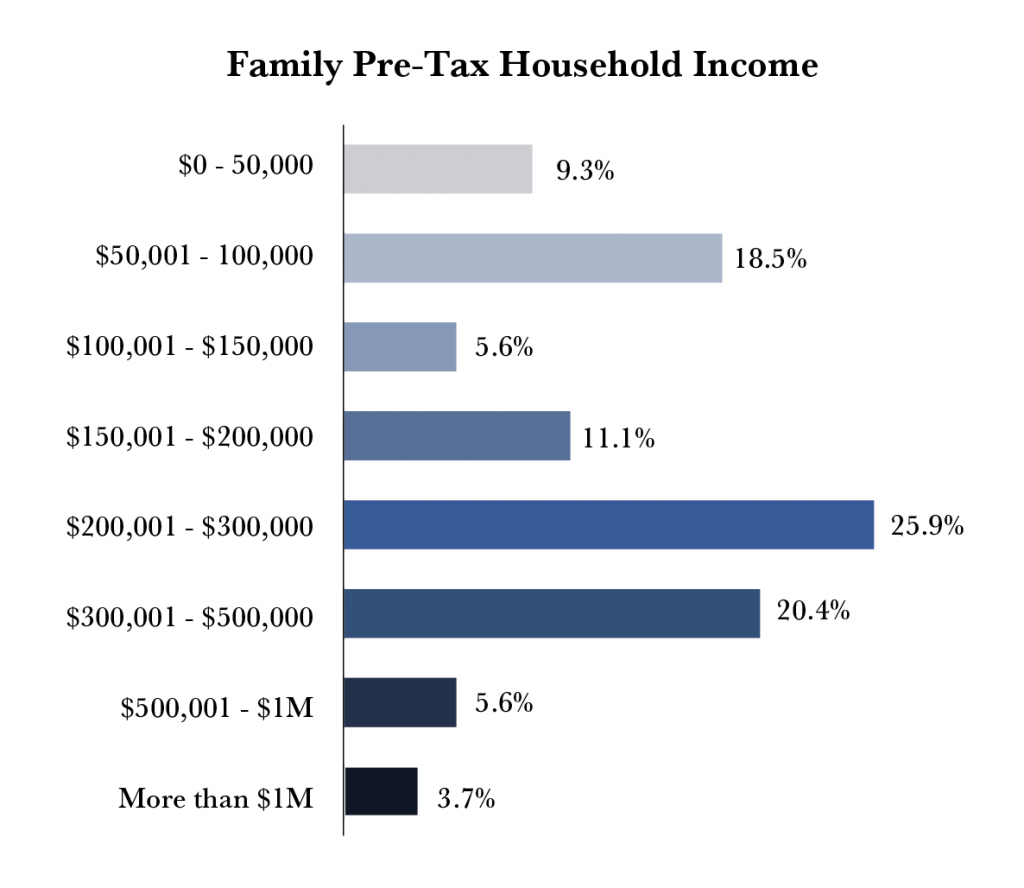
55.6 percent of respondents reported a household pre-tax income of $200,000+.
Accessibility and Mental Health
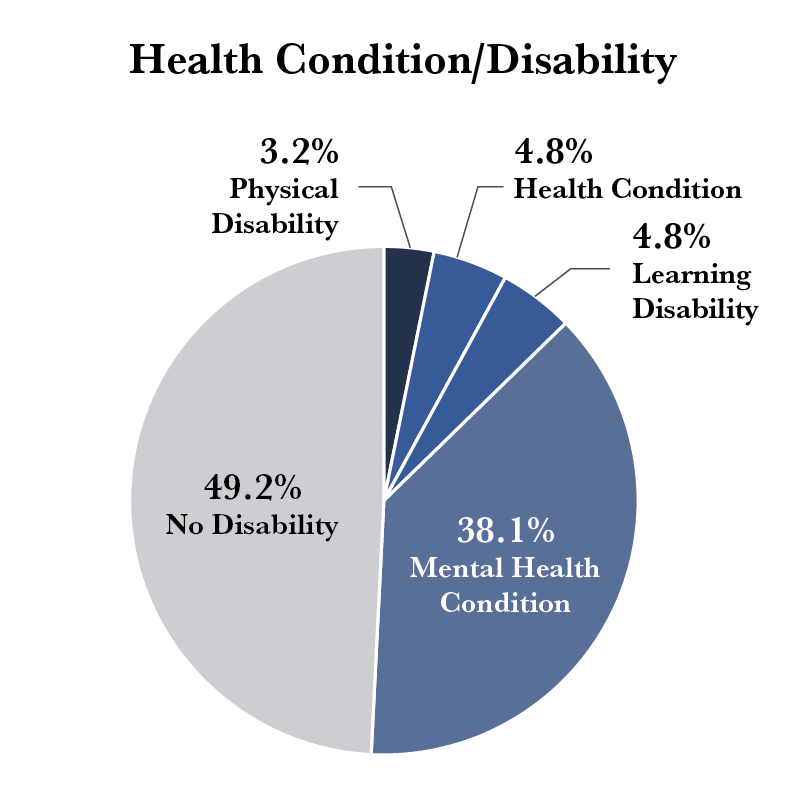
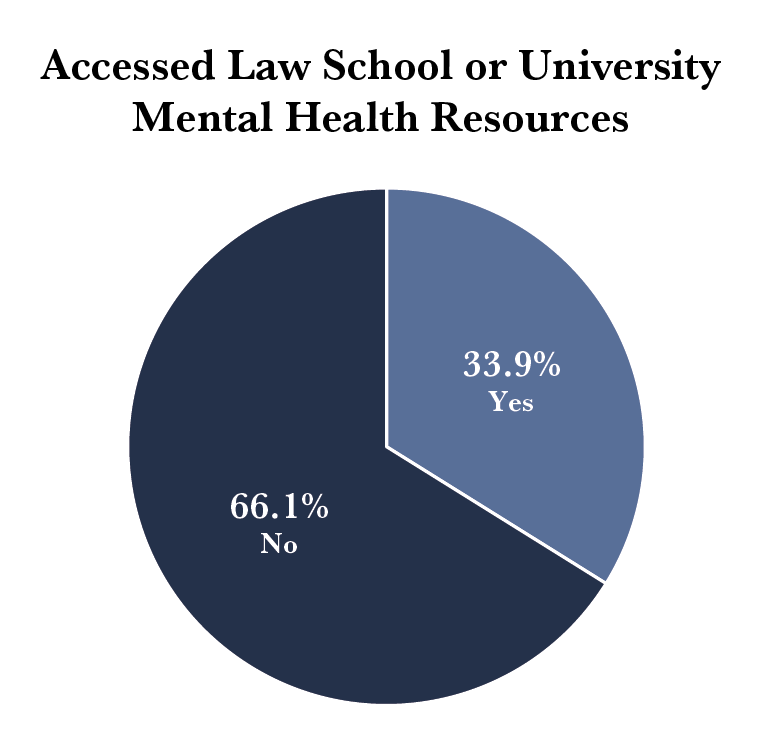
50.8 percent of students reported having some form of disabling health condition, mental or physical, though we did not limit responses to those with a professionally diagnosed condition. Only 33.9 percent of respondents have accessed mental health resources provided by the Faculty of Law or the University of Toronto.
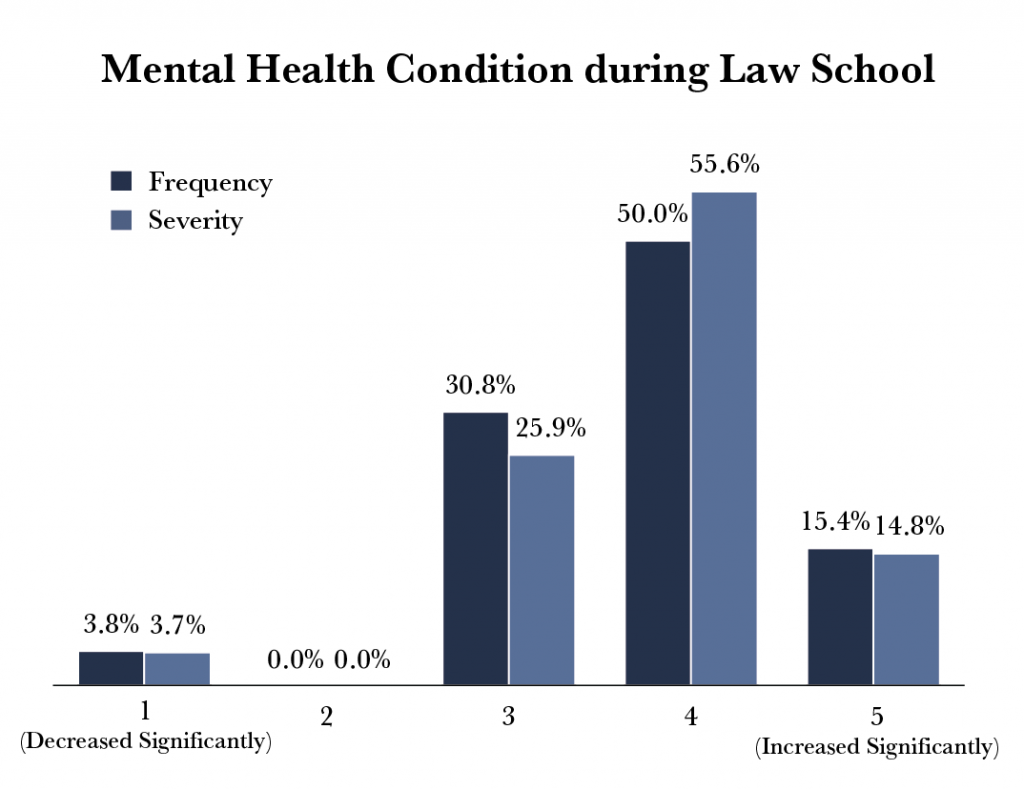
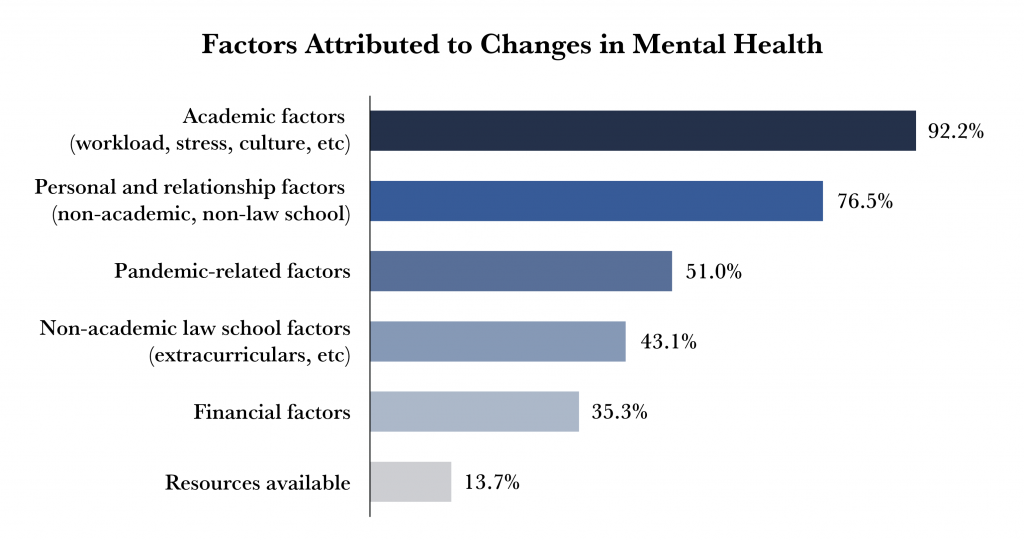
As was the case in previous years, among the class of 2024, enrolling in law school has led to a self-reported deterioration of their mental health in terms of both frequency and severity. Academic factors had the greatest impact.
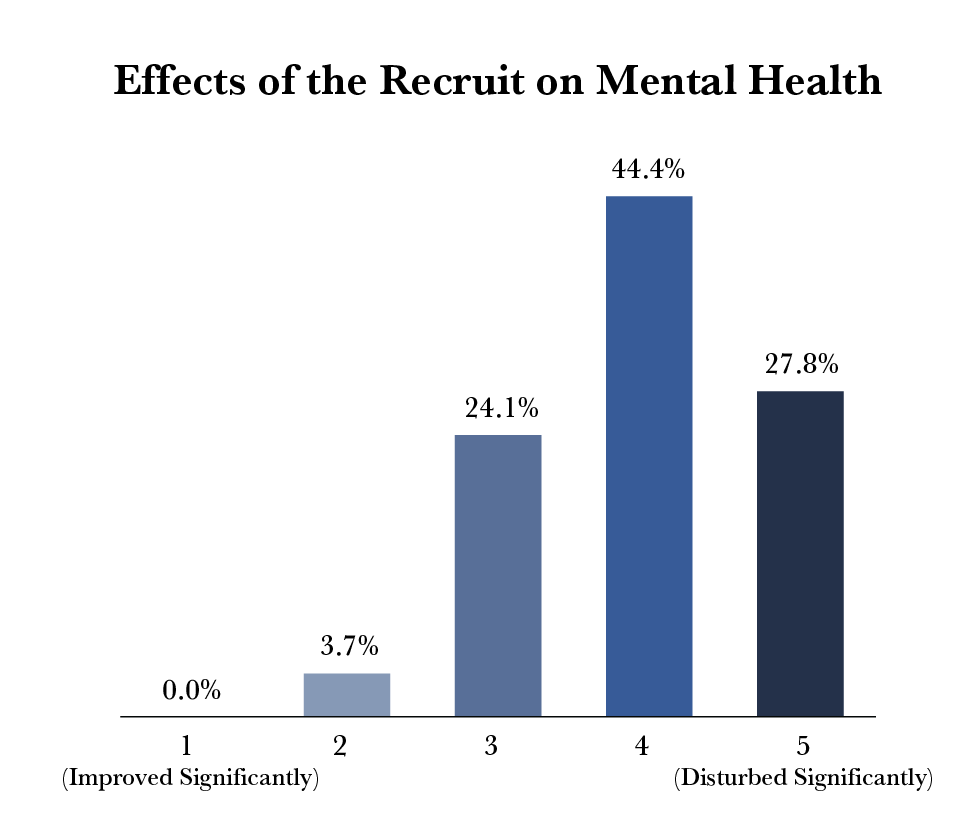
When asked to comment on the effect of law school on their mental health, respondents were overwhelmingly critical of administration, the recruit process, and the structure of legal education as a whole:
Whenever I think the law school has reached rock bottom in terms of supporting students’ mental health, they manage to disappoint me even further. There is absolutely no reason for the recruit to be the stressful nightmare that it is—except that UofT’s #brand is putting students into extreme debt and then convincing them that Bay Street is the only way out. Dean [Jutta] Brunnée and [Assistant Dean Sara] Faherty need to stop hiding behind free yoga classes: it’s time to end this cycle by making tuition reasonable, actually enforcing limits on students’ workloads, and working with the [Law Society of Ontario (LSO)] to change this recruit.
It doesn’t seem like the Faculty cares about changing the causes of mental health problems and just wants to treat the symptoms.
The recruit was horrendous for my mental health [and] caused a great deal of anxiety and stress. However, getting the job I wanted has been so positive for my mental health and it is sort of offset now. Still very draining as an overall process.
Law school/recruit fucks over your mental health. There seems to be few resources to help and the University seems to ignore the severe mental health crisis amongst law students. The recruit is designed in such a way that leaves students demoralized, embarrassed and humiliated.
Nothing nice to say.
There’s really no protection for students from it, in meaningful ways. The idea is to do whatever it takes to get through all of the predetermined steps, without ever questioning if there’s an alternative route to getting your degree.
The problem lies in the whole legal education system and profession: the strict grading curve and an unnecessarily intense and complicated recruiting process. It’s hard to see that a single law school can make any difference.
The workload and academic pressure feels immense. It feels like the curriculum and pedagogy is focused on awarding high marks to the people who are able to work faster and harder and not on students actually learning and engaging with the material. It also feels like everything is designed to be as stressful as possible for students, i.e. the recruit process.
Political and Social Life
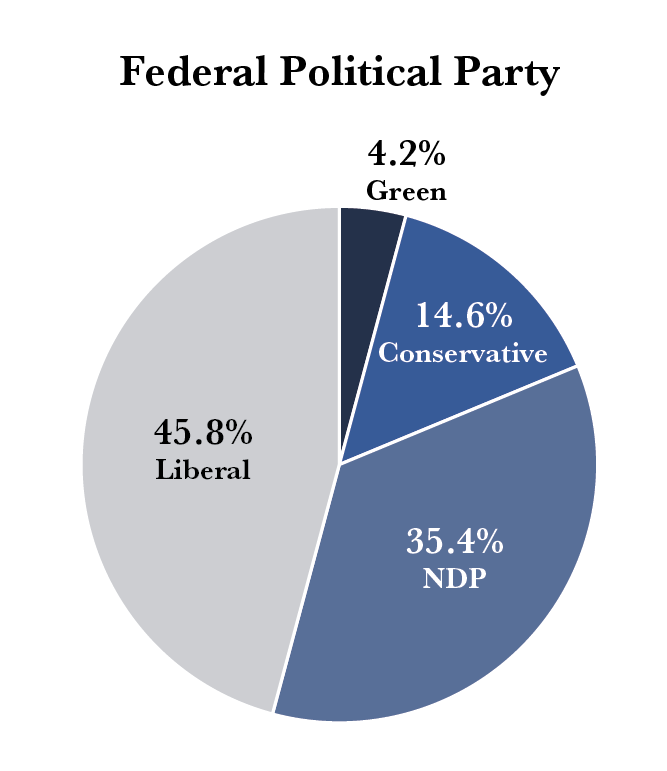
Overall, respondents skewed towards the center-left in terms of their support for federal political parties.

The majority of respondents reported to be generally solitary studiers in 1L.
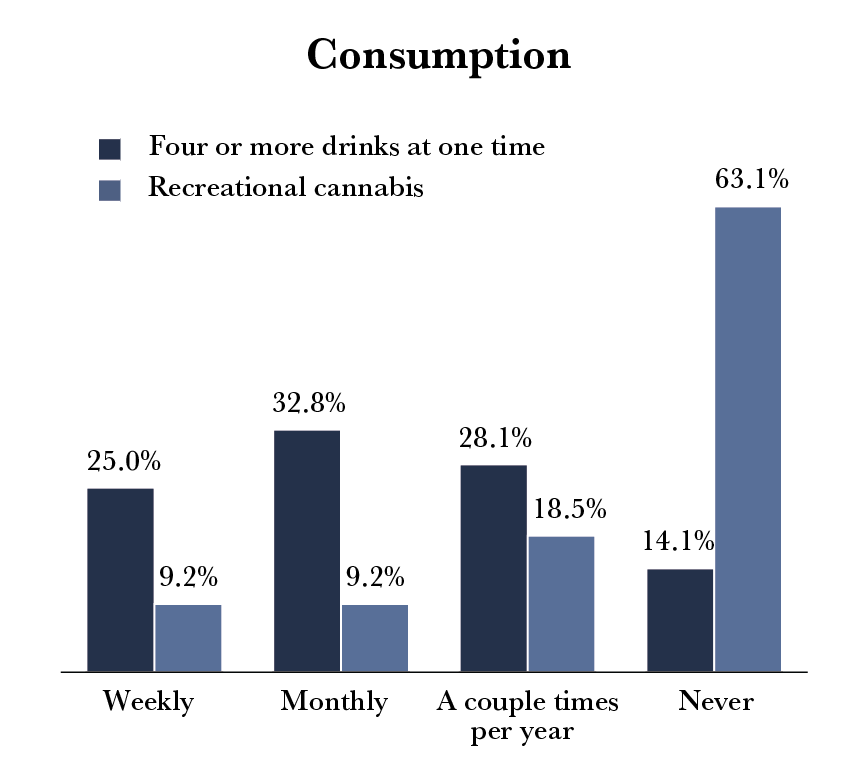
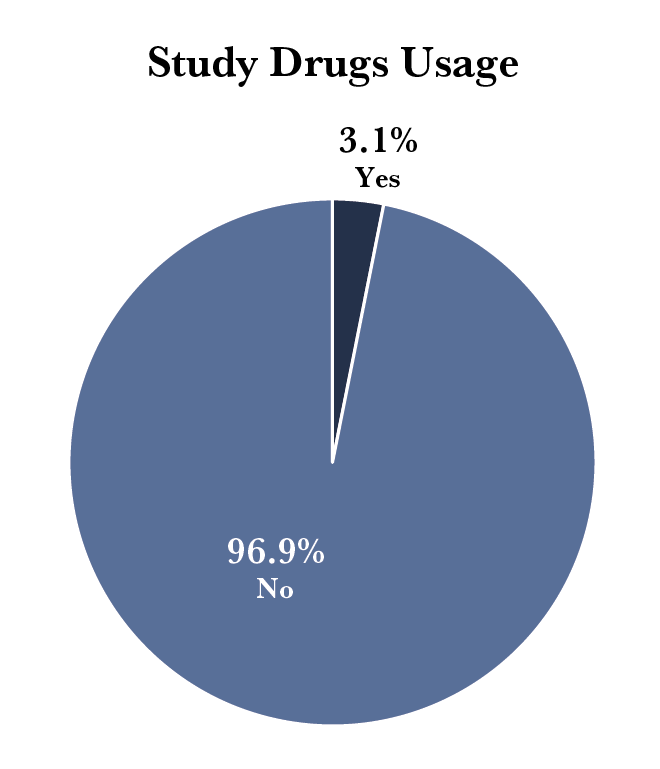
Finally, frequent alcohol consumption appears to be much more common than recreational cannabis use among respondents. Only 3.1 percent of respondents reported using study drugs (e.g. Adderall, Modafinil, Vyvanse) that they were not prescribed for medical conditions.
Mental Health Resources:
- Supporting a student in distress: studentlife.utoronto.ca/service/faculty-support-for-responding-to-distressed-students/
- U of T MySSP is available 24 hours a day, 7 days a week via telephone, video, or chat in multiple languages
Students can contact:
- The Health and Wellness Centre (M–F, 9am to 4:30pm): 416-978-8030, or visit the Student Mental Health Portal online
- CAMH 24/7 Psychiatric Emergency Department: 1051 Queen St. W, or call 416-535-8501
- Talk Suicide Canada helpline: 1-833-456-4566
- See also: ontario.cmha.ca/documents/are-you-in-crisis/; camh.ca/en/suicide-prevention/get-help





